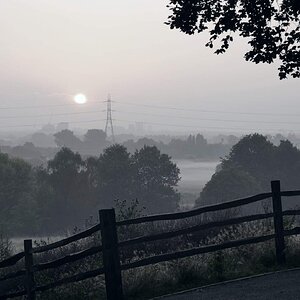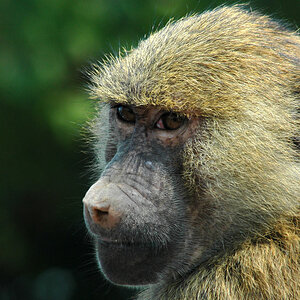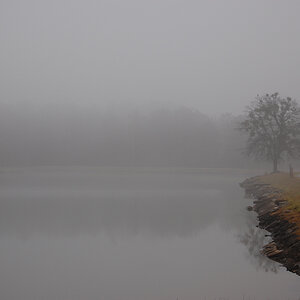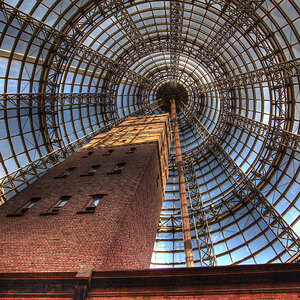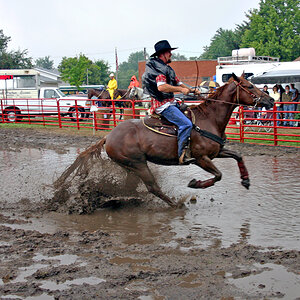Navigation
Install the app
How to install the app on iOS
Follow along with the video below to see how to install our site as a web app on your home screen.

Note: This feature currently requires accessing the site using the built-in Safari browser.
More options
You are using an out of date browser. It may not display this or other websites correctly.
You should upgrade or use an alternative browser.
You should upgrade or use an alternative browser.
Long exposure lake shots in Sweden
- Thread starter Lord Commander
- Start date
ceemac
No longer a newbie, moving up!
- Joined
- Oct 8, 2017
- Messages
- 473
- Reaction score
- 226
- Location
- Cariboo, B.C.
- Can others edit my Photos
- Photos OK to edit
Stunning set. Thanks for posting.
- Joined
- Nov 24, 2017
- Messages
- 201
- Reaction score
- 296
- Location
- Essex United Kingdom
- Can others edit my Photos
- Photos OK to edit
Super Set beautiful colours
Dyslexicbloke
TPF Noob!
- Joined
- Aug 7, 2018
- Messages
- 36
- Reaction score
- 4
- Location
- Bala, UK
- Can others edit my Photos
- Photos OK to edit
Something to aspire too...
Enjoyed them thanks.
Enjoyed them thanks.
Thanks for the kind words! They inspire me to get out and shoot more 
- Joined
- Jul 25, 2014
- Messages
- 4,014
- Reaction score
- 6,702
- Location
- NW Florida
- Website
- www.flickr.com
- Can others edit my Photos
- Photos OK to edit
Might want to play with your exposure times and the time of day you shoot...these are all pretty much flat and lifeless with exposures either too long for the scene, or too short. I think in most cases, too much sky. Just being honest.
Edit left, your image right

Edit left, your image right
Dyslexicbloke
TPF Noob!
- Joined
- Aug 7, 2018
- Messages
- 36
- Reaction score
- 4
- Location
- Bala, UK
- Can others edit my Photos
- Photos OK to edit
Every time I read something new I realise just how little I actually know...
Was that just exposure comp or something more complex, I do understand some of the other stuff, from a technical perspective at least.
I am using, well trying to use, Rawtherapee and woinder if that is the best choice but I do not want to hijack this thread so will leave that for a new one.
What I find interesting is that the new edit is clearly an improvement but the origional didnt look all that bad to me, until I had the comparison...
However I do wonder if the scene wasnt actually quite dark in the shaddows, from a human perspective, and that the edit is bringing out stuff that would, in actuality, have been hidden to the naked eye.
I am not saying I have an opinion as to which, if either, is right, mainly because it is very subjective and is as much abount intent and feel as it is detail.
I would be interestred to here thopughts on the matter.
I wonder if my own edits go a little too far, colour and sat wise, which is why I am asking.
Another perspective, especially an informed one, or two, would be good to have.
Am I overcomplicating? Is there a right and wrong with the more subtle stuff, and if so can it be learned?
Was that just exposure comp or something more complex, I do understand some of the other stuff, from a technical perspective at least.
I am using, well trying to use, Rawtherapee and woinder if that is the best choice but I do not want to hijack this thread so will leave that for a new one.
What I find interesting is that the new edit is clearly an improvement but the origional didnt look all that bad to me, until I had the comparison...
However I do wonder if the scene wasnt actually quite dark in the shaddows, from a human perspective, and that the edit is bringing out stuff that would, in actuality, have been hidden to the naked eye.
I am not saying I have an opinion as to which, if either, is right, mainly because it is very subjective and is as much abount intent and feel as it is detail.
I would be interestred to here thopughts on the matter.
I wonder if my own edits go a little too far, colour and sat wise, which is why I am asking.
Another perspective, especially an informed one, or two, would be good to have.
Am I overcomplicating? Is there a right and wrong with the more subtle stuff, and if so can it be learned?
Derrel
Mr. Rain Cloud
- Joined
- Jul 23, 2009
- Messages
- 48,225
- Reaction score
- 18,941
- Location
- USA
- Website
- www.pbase.com
- Can others edit my Photos
- Photos OK to edit
It looks to me like the edited image just has a higher degree of contrast, a higher gamma so to speak , which I find much more well-suited and visually appealing on this scene. The higher contrast in comparison to original, low contrast and dim image presentation is quite remarkably better, at least in my mind.
- Joined
- Jul 25, 2014
- Messages
- 4,014
- Reaction score
- 6,702
- Location
- NW Florida
- Website
- www.flickr.com
- Can others edit my Photos
- Photos OK to edit
It looks to me like the edited image just has a higher degree of contrast, a higher gamma so to speak , which I find much more well-suited and visually appealing on this scene. The higher contrast in comparison to original, low contrast and dim image presentation is quite remarkably better, at least in my mind.
It is a bit more than that as I worked the mid tone contrast to a more stable curve but in the end, it essentially accomplishes the same effect. It is extremely difficult to see "flat" over "lively," and that's what makes editing such a fun endeavor to teach.
- Joined
- Jul 25, 2014
- Messages
- 4,014
- Reaction score
- 6,702
- Location
- NW Florida
- Website
- www.flickr.com
- Can others edit my Photos
- Photos OK to edit
I certainly didn't make the edit to discourage the poster but rather to point out what I saw as a flat image and thus perhaps provide a learning moment for him. I learned more from others critiquing my work than I ever did out of any book.
Wow, thanks! This is helpful indeed. It is true that the time of day wasn't optimal, it got too dark too quickly. But I'm not sure how to up the contrast, when I do the image gets super dark. But I do have a mid tones slider that I will play with more. Pretty much all of the above photos needed to be lightened up, I used mainly the shadows slider for that, but it introduces noise. So I'm a bit conservative about it cause I don't want to much noise in my image. I'll definitely try to be on site earlier for more light though next time, and experiment more with the mid tones.
When you say "I worked the mid tone contrast to a more stable curve" is that an actual curve you can look at to help get a better result or is it like an eye measurement that comes from experience?
When you say "I worked the mid tone contrast to a more stable curve" is that an actual curve you can look at to help get a better result or is it like an eye measurement that comes from experience?
JoeW
Been spending a lot of time on here!
- Joined
- Dec 17, 2013
- Messages
- 2,079
- Reaction score
- 1,014
- Location
- Northern Virginia
- Website
- 500px.com
- Can others edit my Photos
- Photos OK to edit
Thanks for posting. A nice reminder about some of the opportunities with long exposure.
- Joined
- Jul 25, 2014
- Messages
- 4,014
- Reaction score
- 6,702
- Location
- NW Florida
- Website
- www.flickr.com
- Can others edit my Photos
- Photos OK to edit
When you say "I worked the mid tone contrast to a more stable curve" is that an actual curve you can look at to help get a better result or is it like an eye measurement that comes from experience?
It is mostly from experience. One thing I learned using levels and not curves is to push the right side way up toward the middle first before adjusting either the left or middle sliders. Doing this teaches the eye to see how much the midtones need to be adjusted. If I do a curves adjustment, I always start in the middle of the curve and push up to lighten, down to darken (and ever so gently in either direction) then adjust either the foot (bottom-darks) or the shoulder (top - lights). This information is based solely on using Photoshop...have to admit I am a complete dummy to all other editing programs.
I occasionally use the exposure adj layer to move the gamma and offset a bit more toward a contrastier midtone but suggest you learn to shoot an hour after sunrise or an hour before sunset unless yo have ample ambient lighting to create a more harmonious sense of tonal range. Look at Vieri's work as a great example on when, subject matter and tonal range.
Last edited:
Thanks for the info, I'll keep it in mind
Dyslexicbloke
TPF Noob!
- Joined
- Aug 7, 2018
- Messages
- 36
- Reaction score
- 4
- Location
- Bala, UK
- Can others edit my Photos
- Photos OK to edit
No offence meant in either direction...
I perfer the edit but would alslso be comfortable with the artistic licence, had the intension been to contrasst the sky with the almost silouett of trees.
I am only just beginning to learn editing and trhis kind of stuff is golden.
Will post a sky I took that looked, well, terrible.
Added loads of sat and even colour as well as a bunch of stuff I csnt rember the detail of.
the tresult wasnt at all natural and I left thre ground/hill very dark, but I lioke the resulkt noner the less.
Later, if I get chance, in new post.
Al
I perfer the edit but would alslso be comfortable with the artistic licence, had the intension been to contrasst the sky with the almost silouett of trees.
I am only just beginning to learn editing and trhis kind of stuff is golden.
Will post a sky I took that looked, well, terrible.
Added loads of sat and even colour as well as a bunch of stuff I csnt rember the detail of.
the tresult wasnt at all natural and I left thre ground/hill very dark, but I lioke the resulkt noner the less.
Later, if I get chance, in new post.
Al
Most reactions
-
 458
458 -
 288
288 -
 269
269 -
 268
268 -
 211
211 -
 189
189 -
 179
179 -
 178
178 -
 176
176 -
 173
173 -
 162
162 -
 125
125 -
 117
117 -
I
108
-
 94
94
Similar threads
- Replies
- 16
- Views
- 422
- Replies
- 10
- Views
- 176









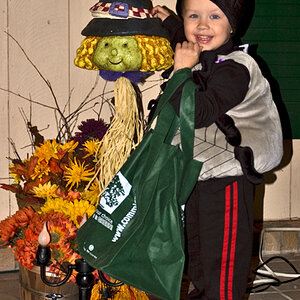

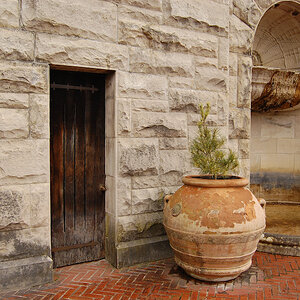

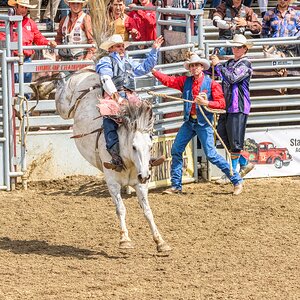
![[No title]](/data/xfmg/thumbnail/37/37131-0af98967b391a8bd22ce1d14f6afb9cc.jpg?1619737884)
